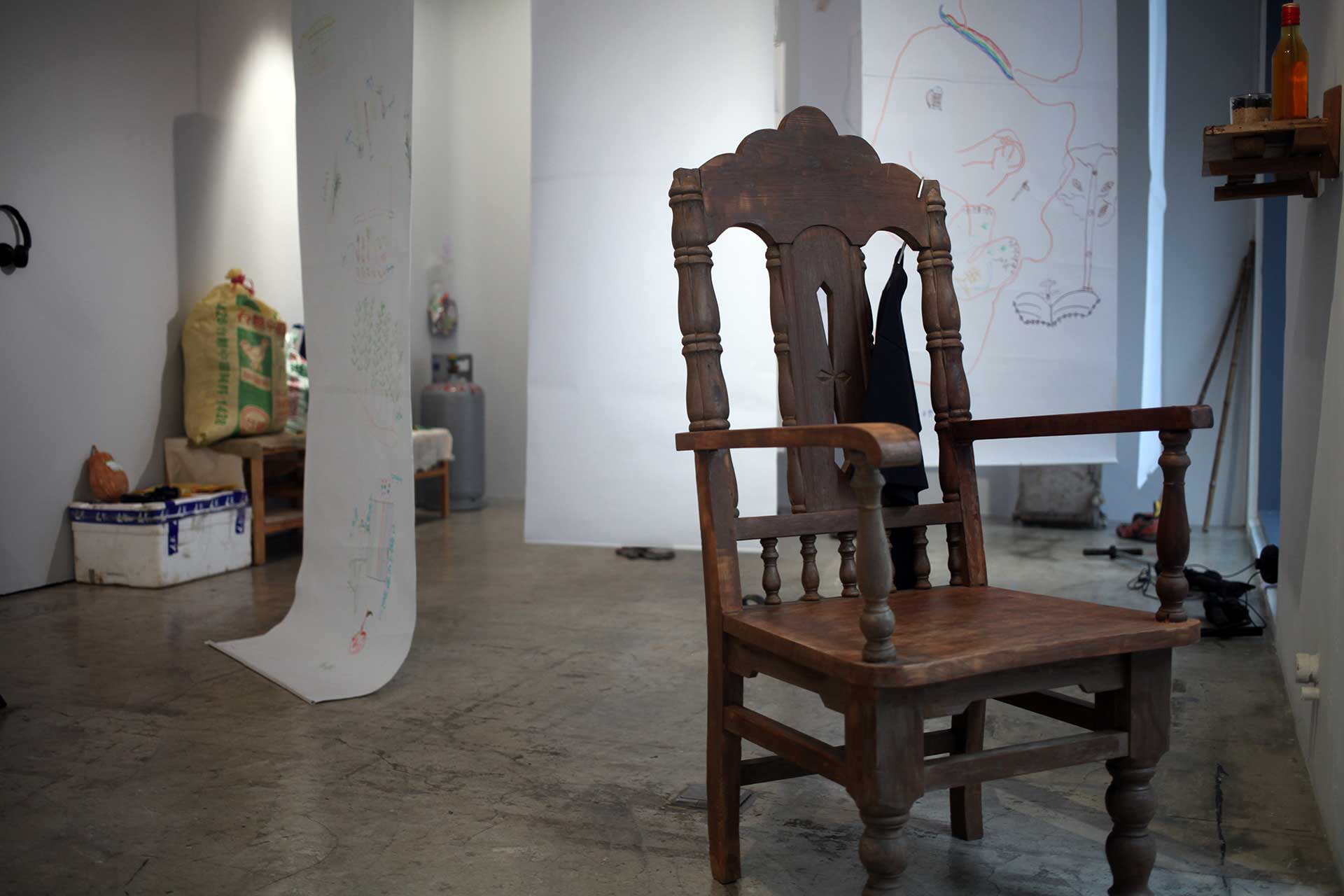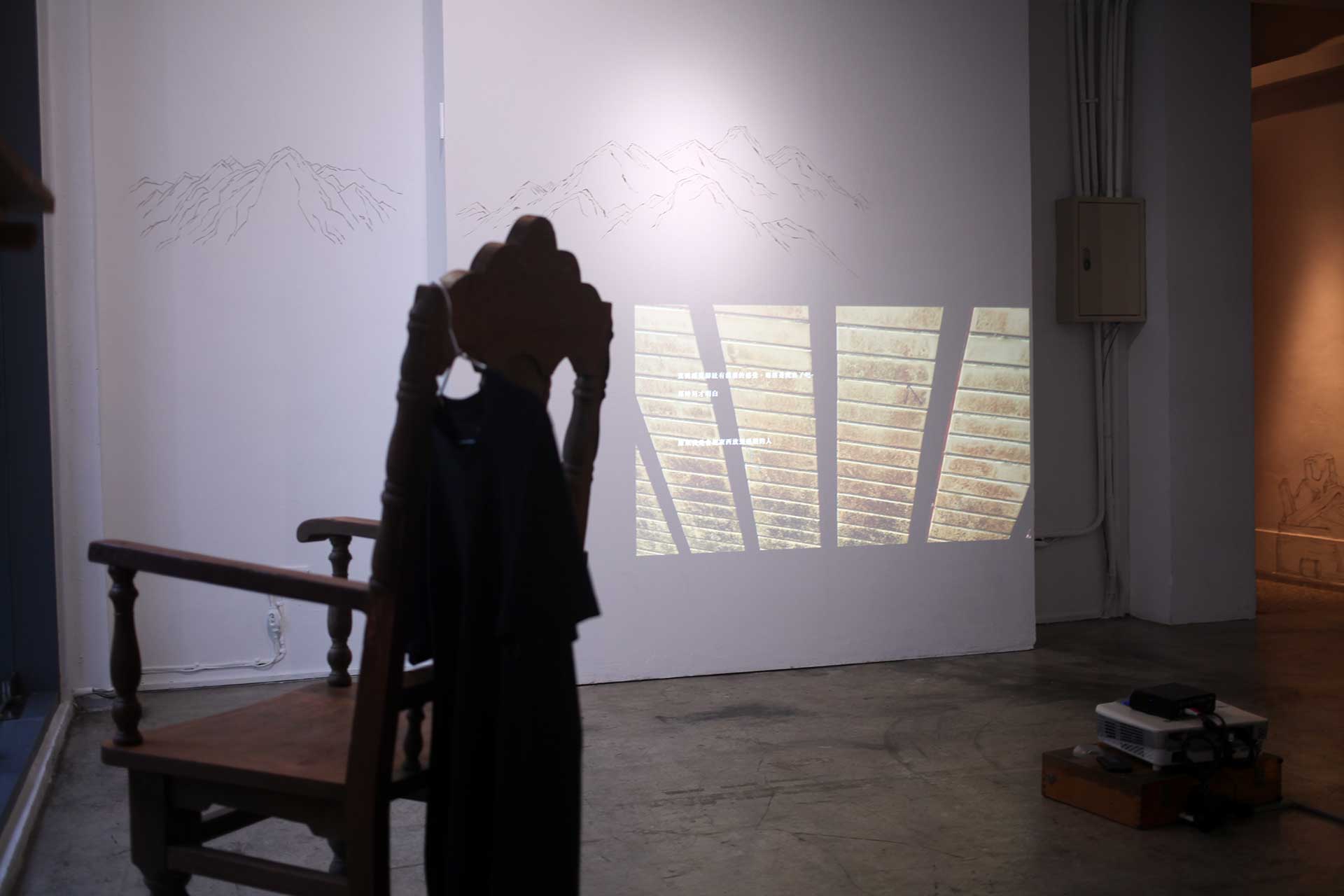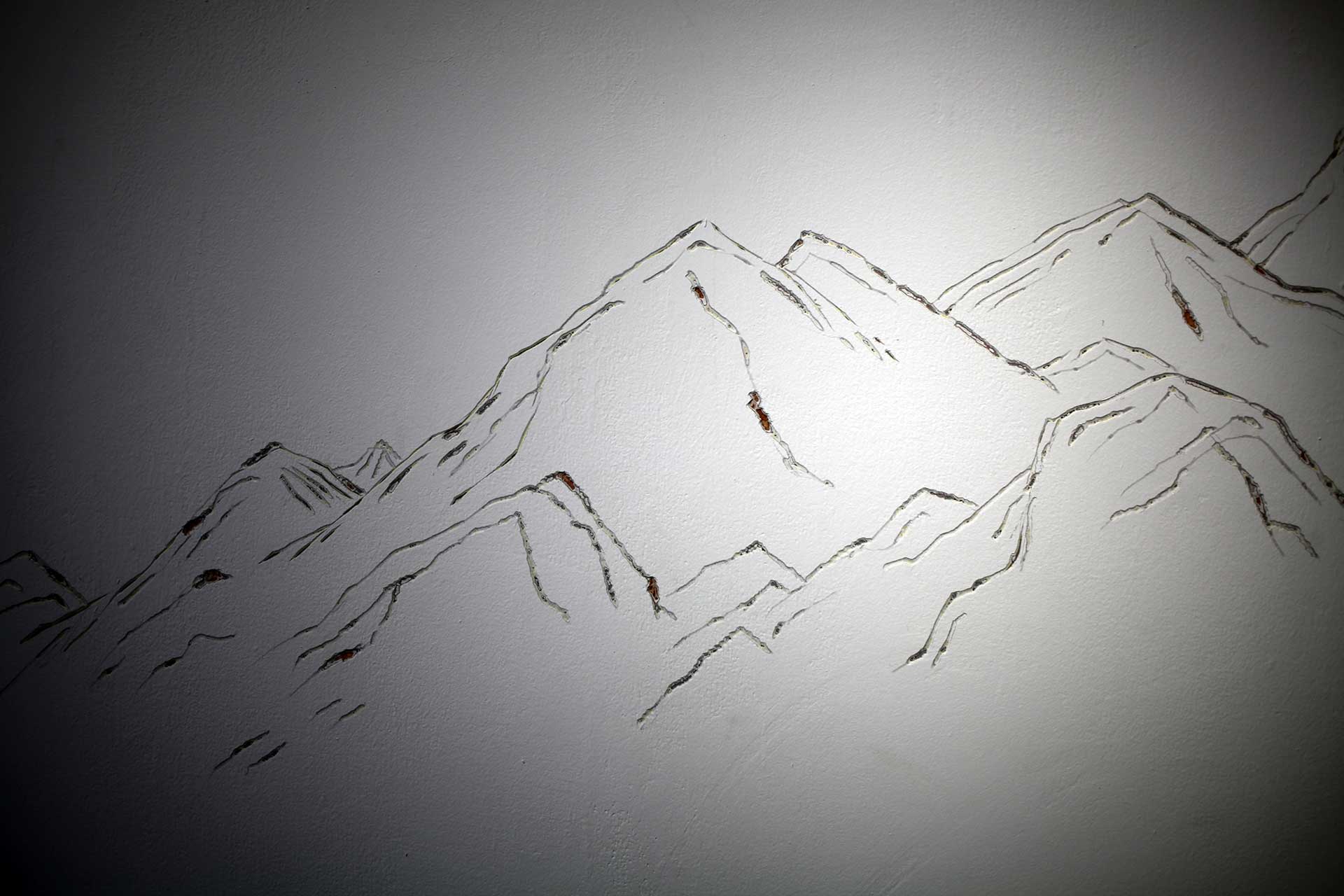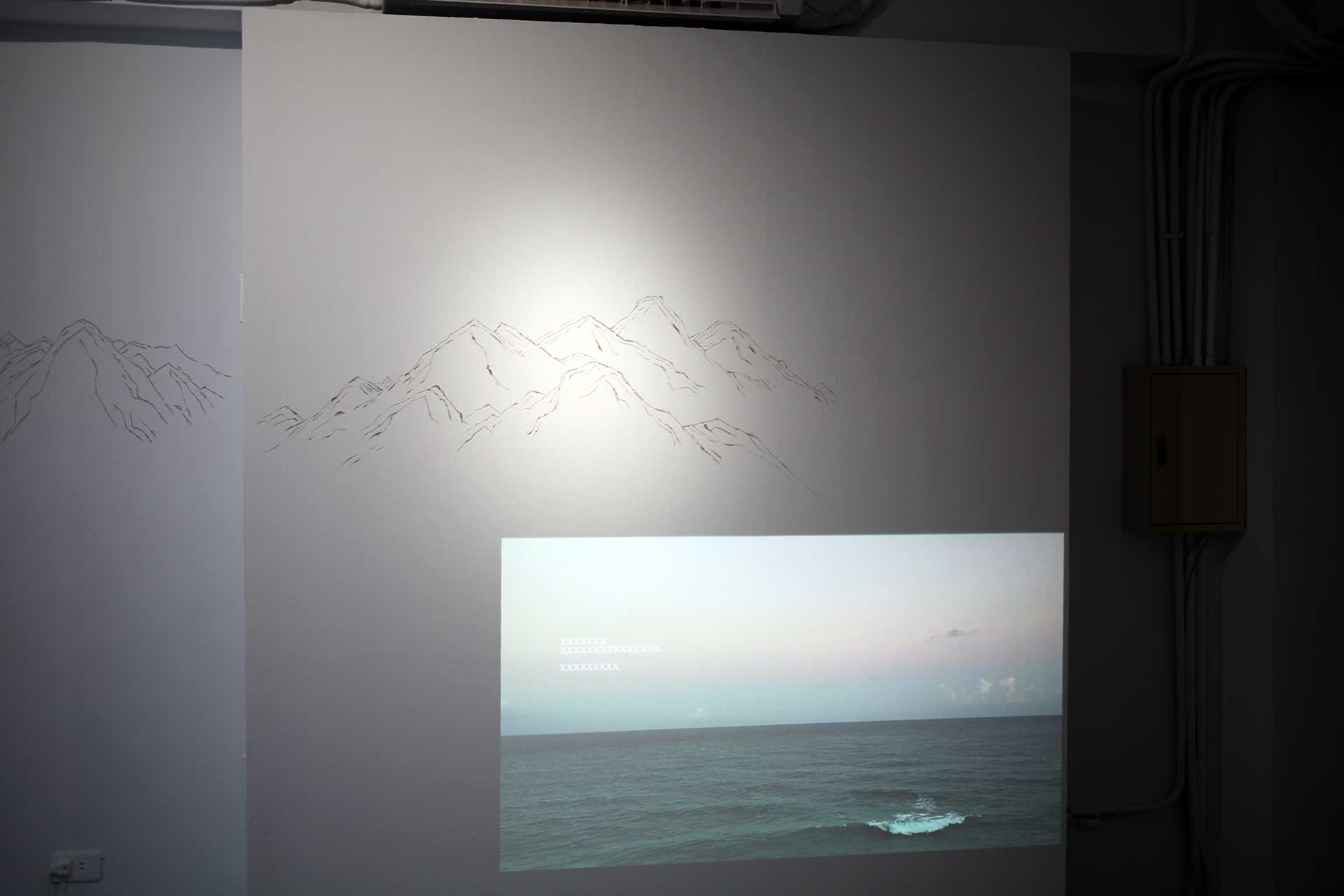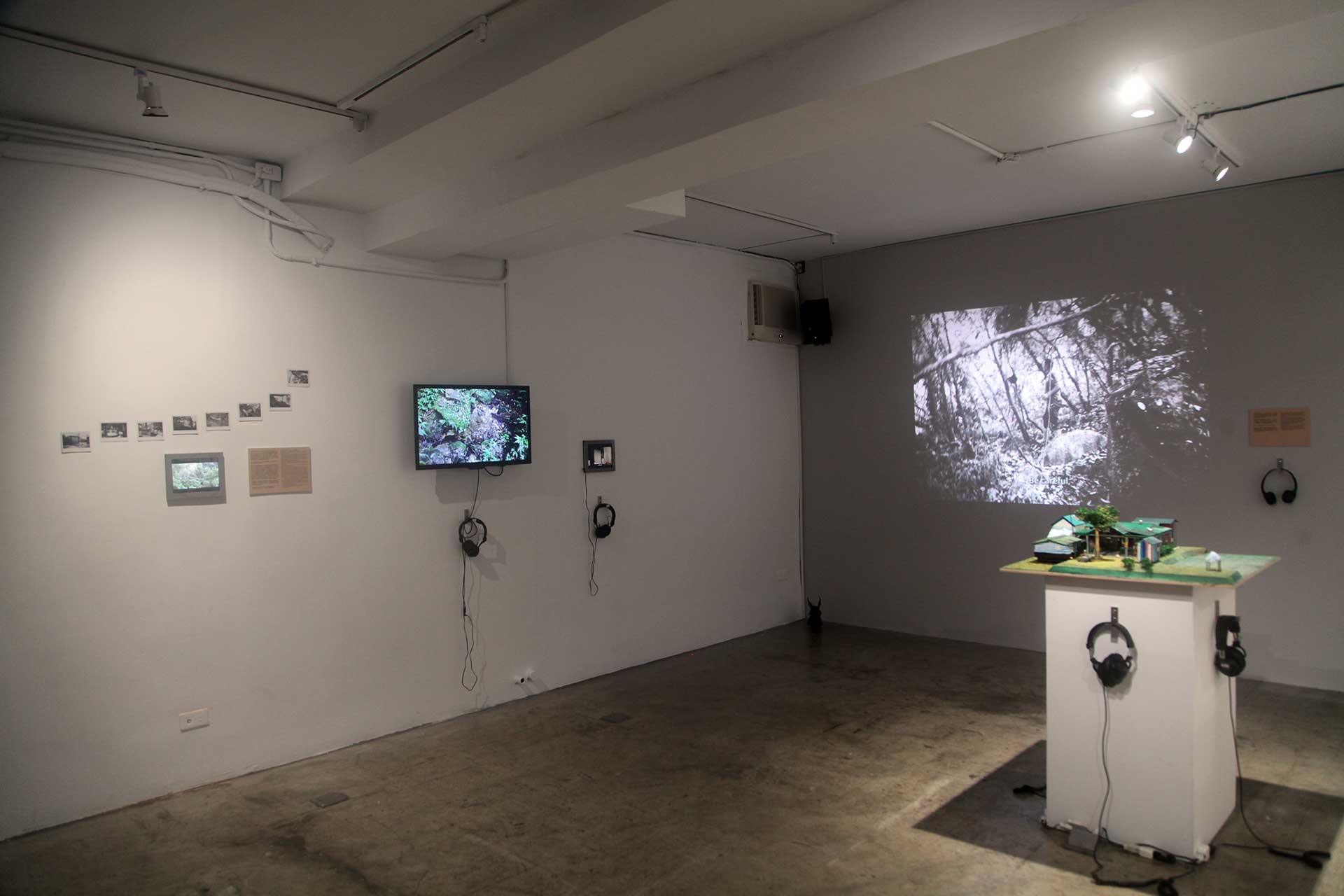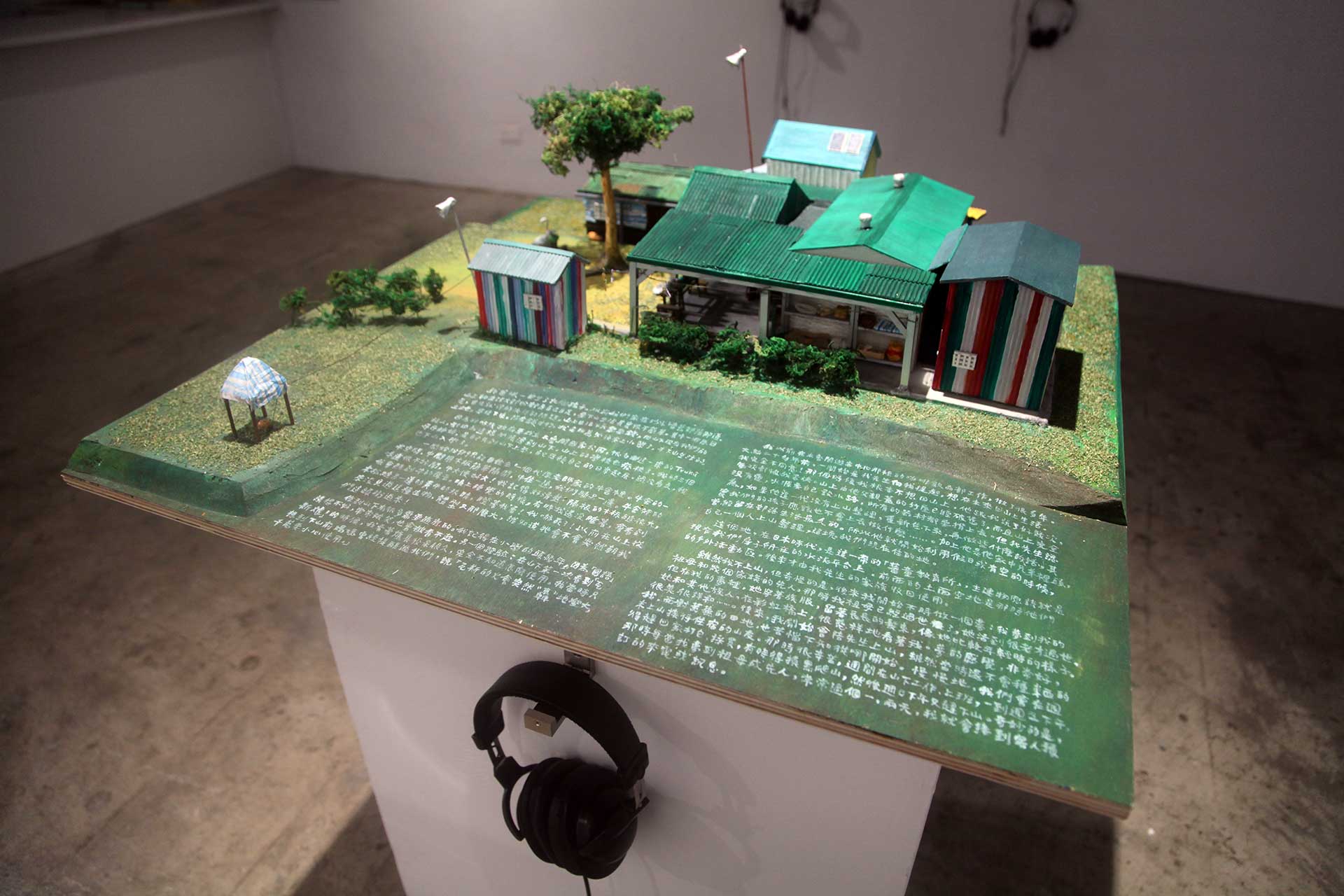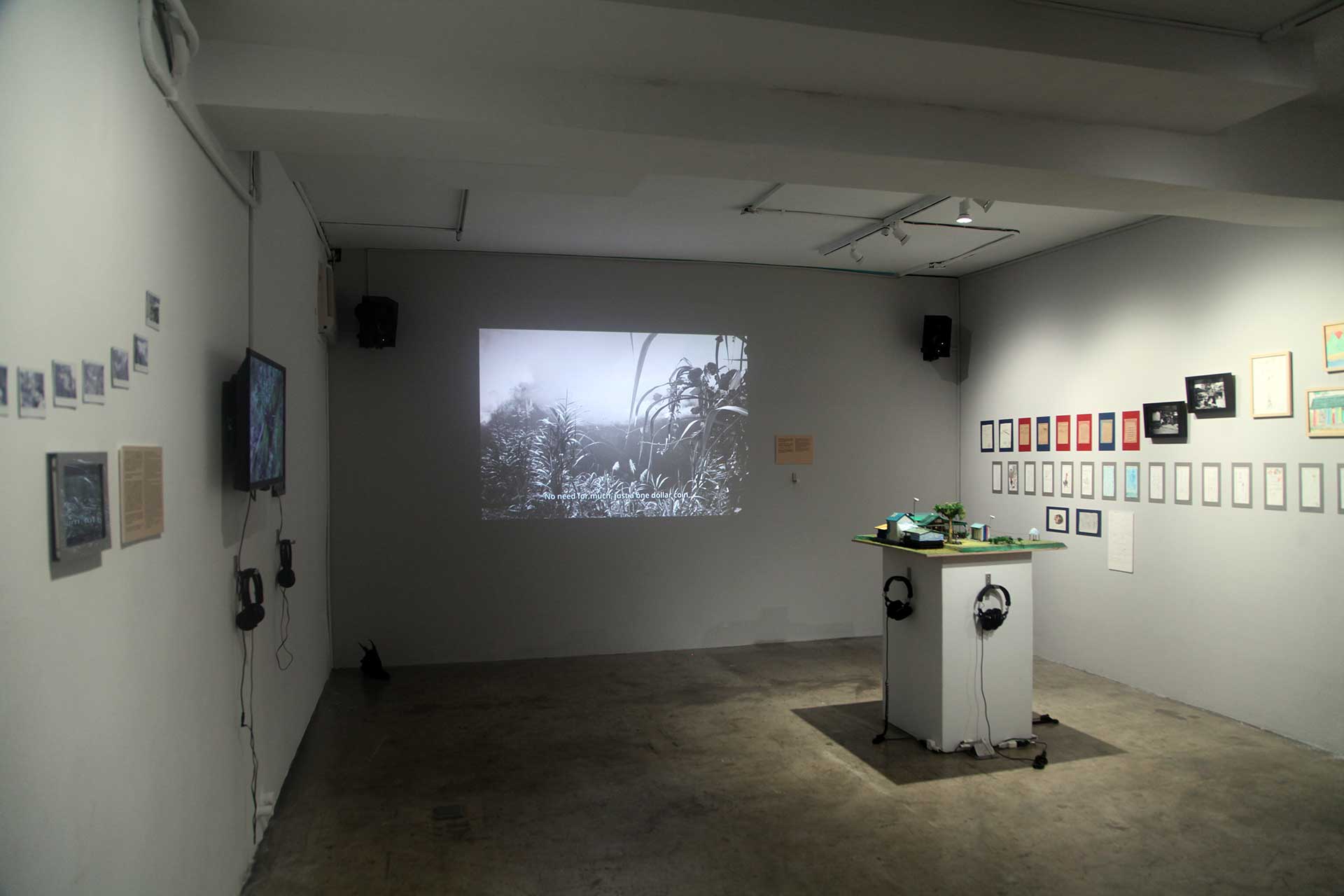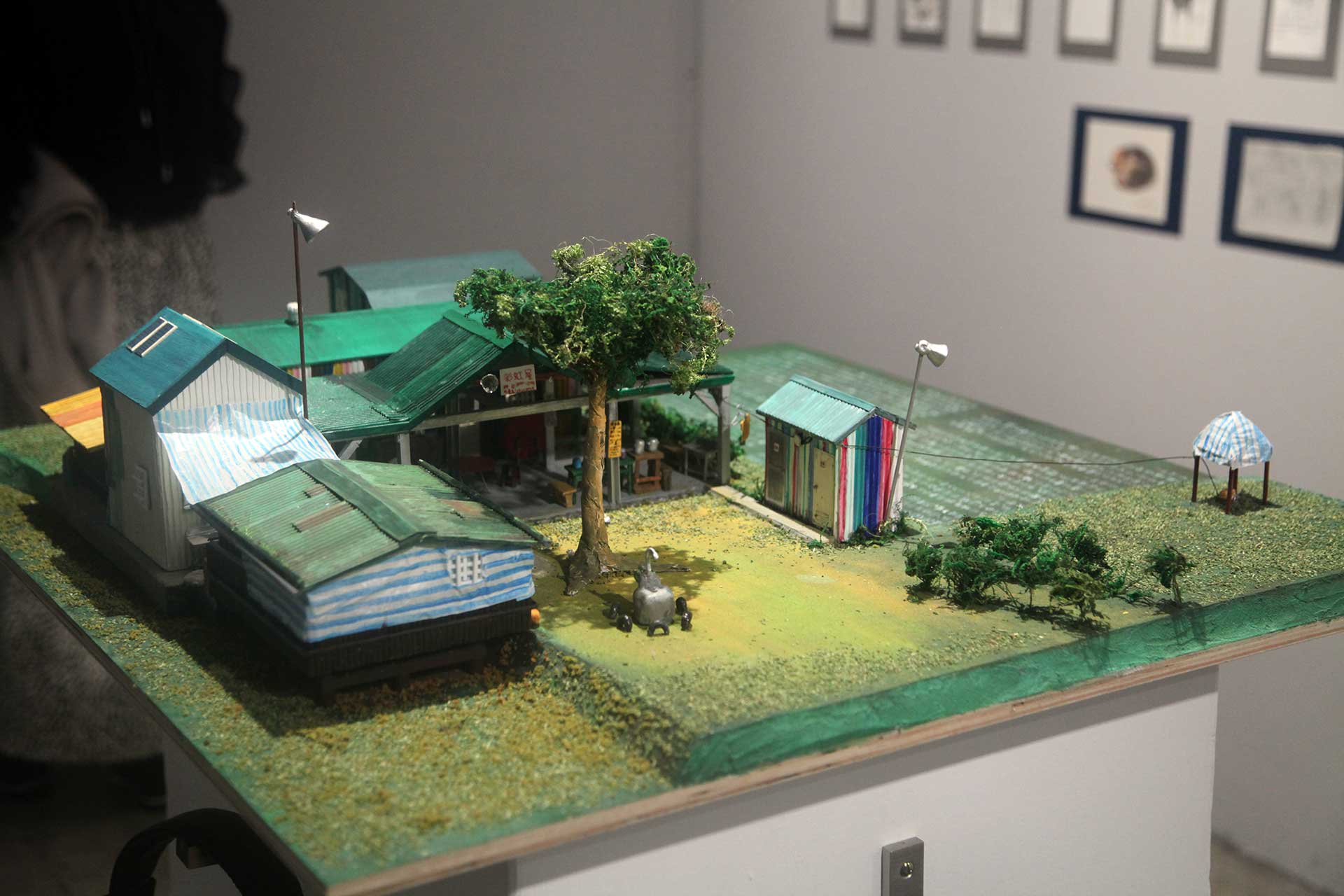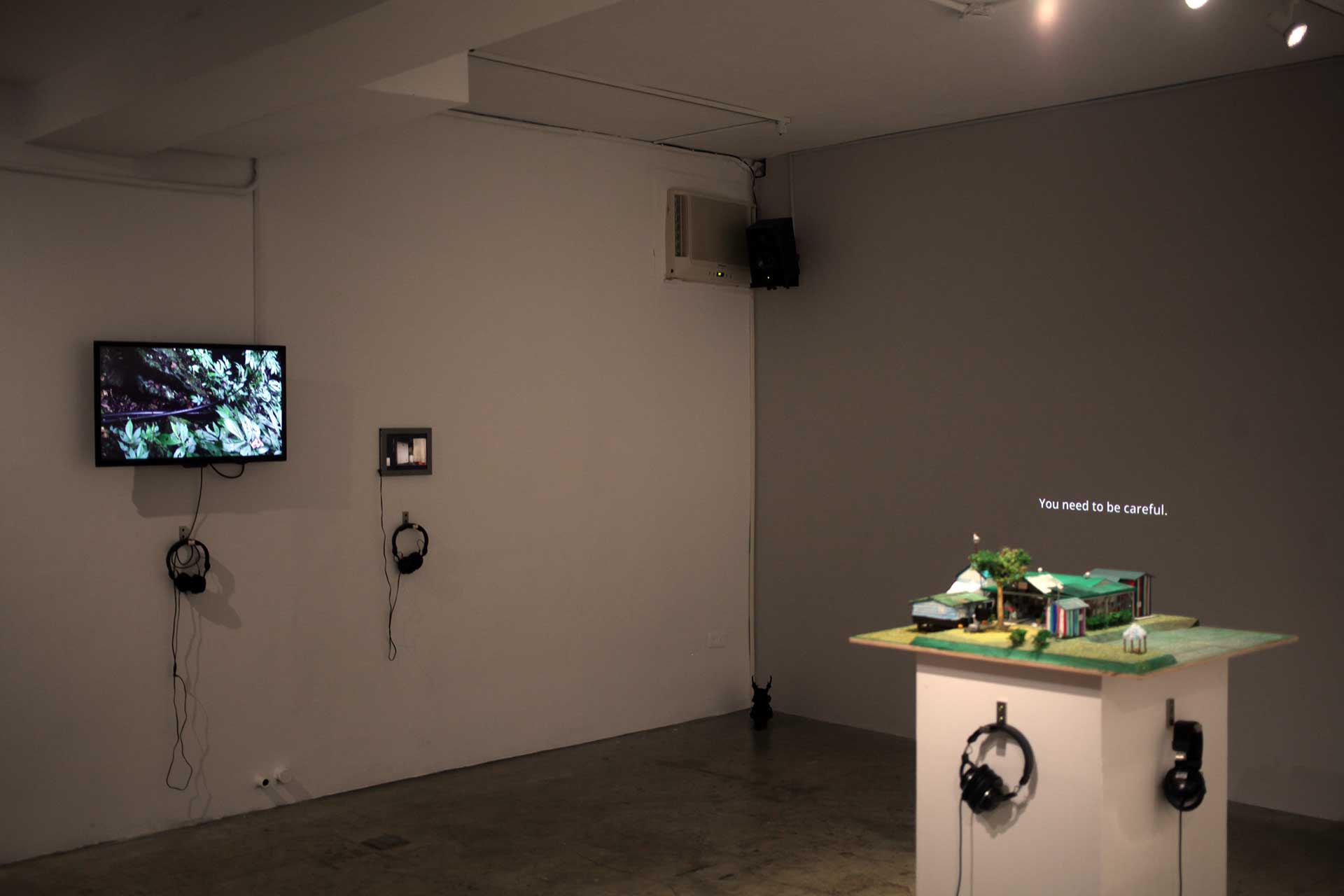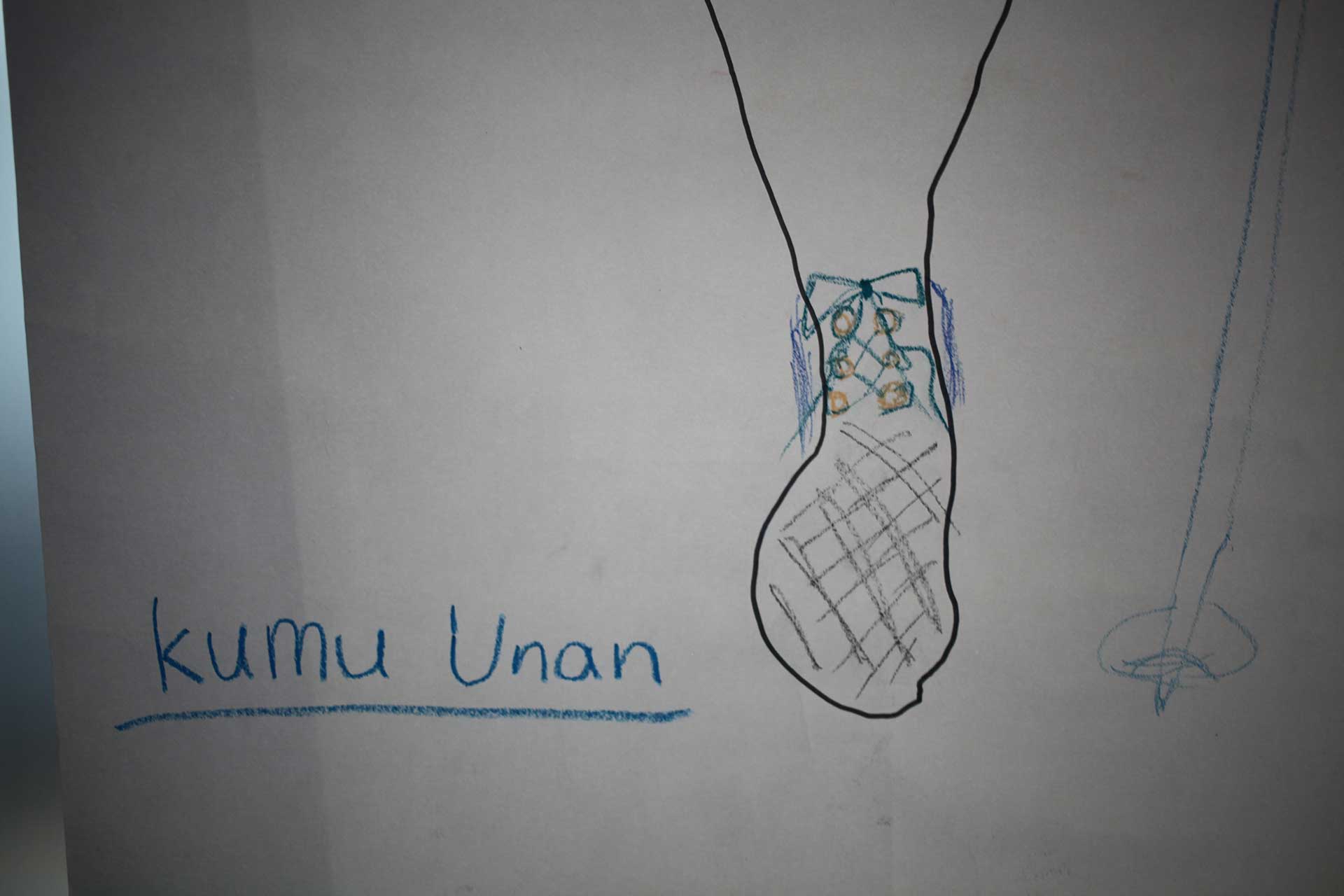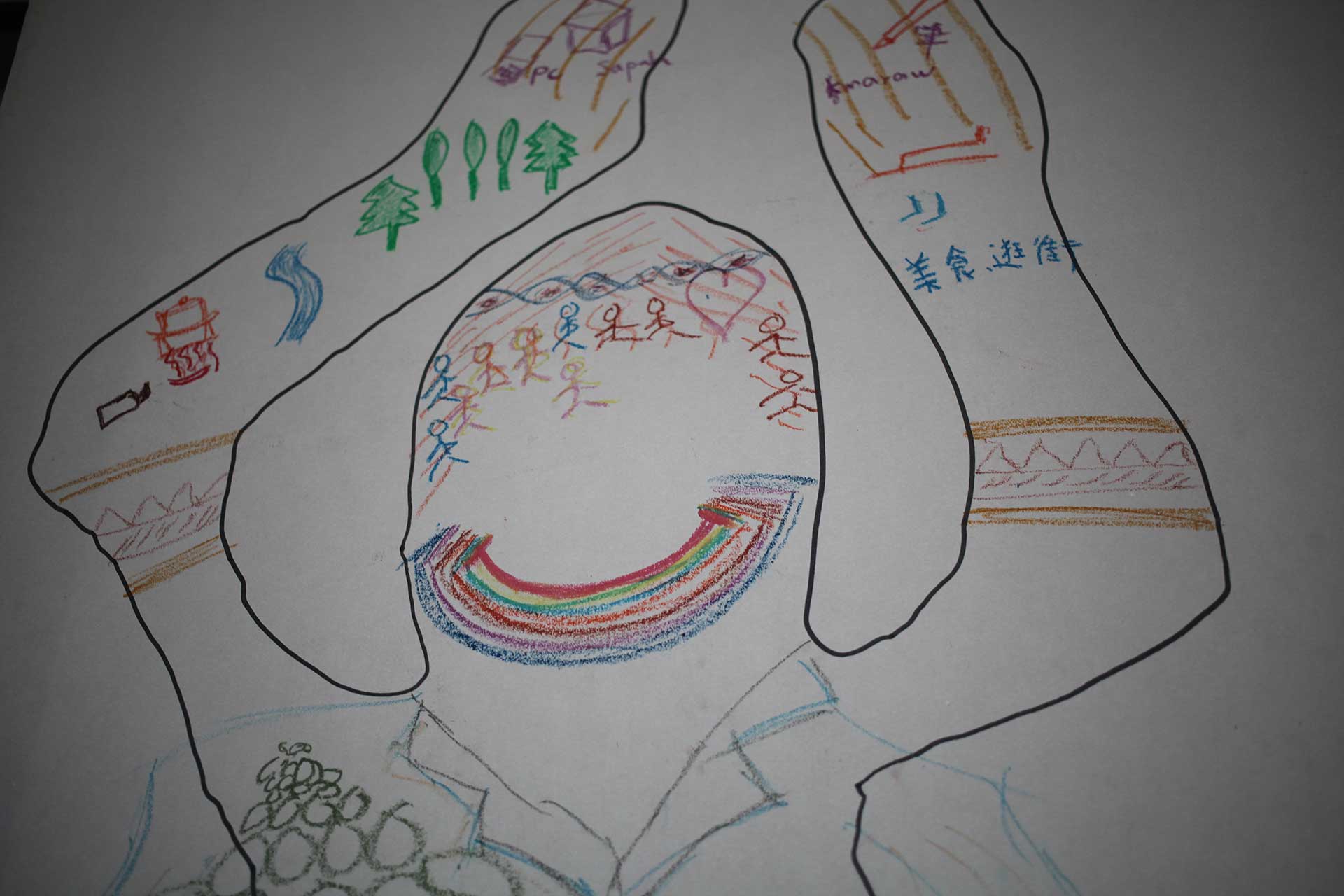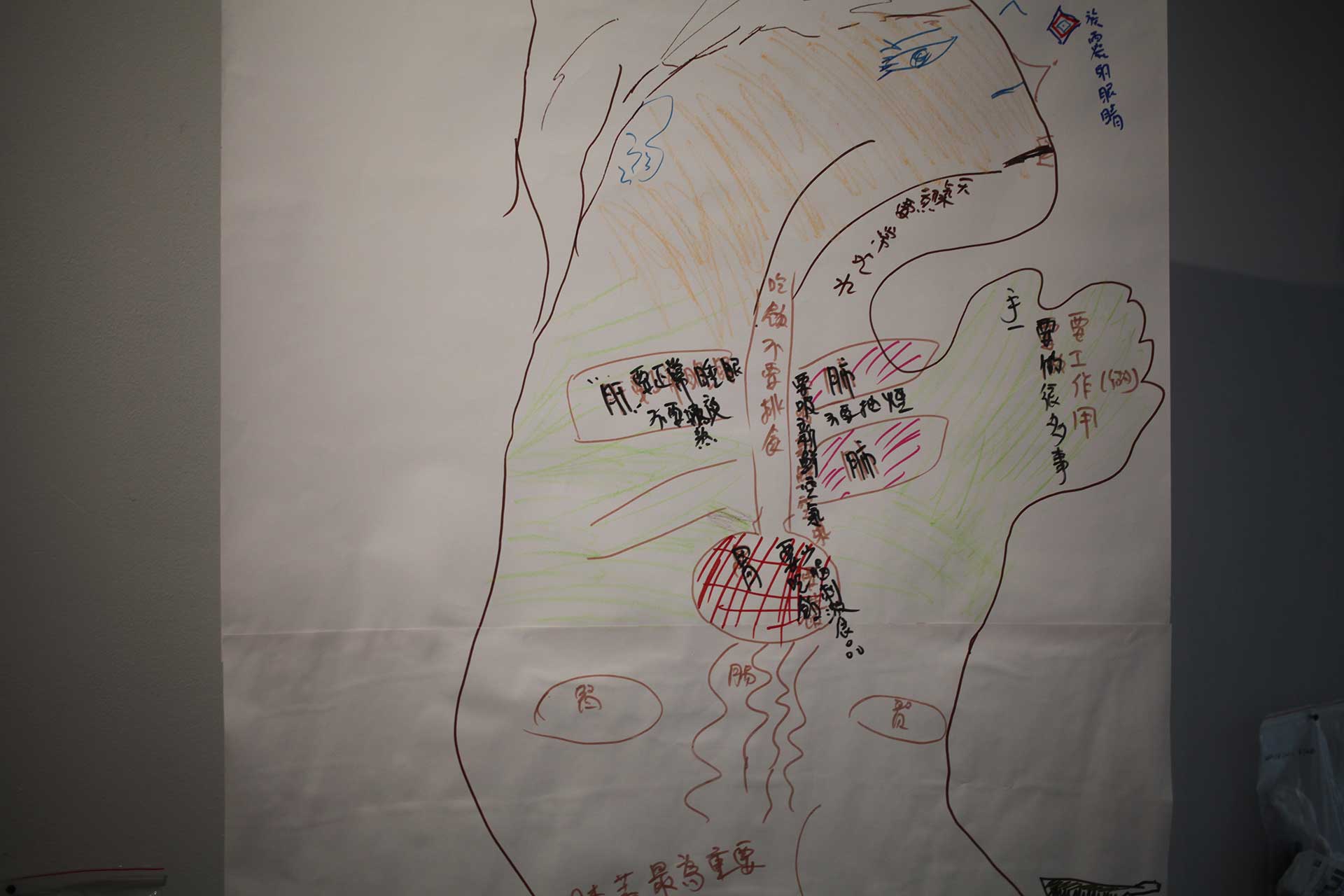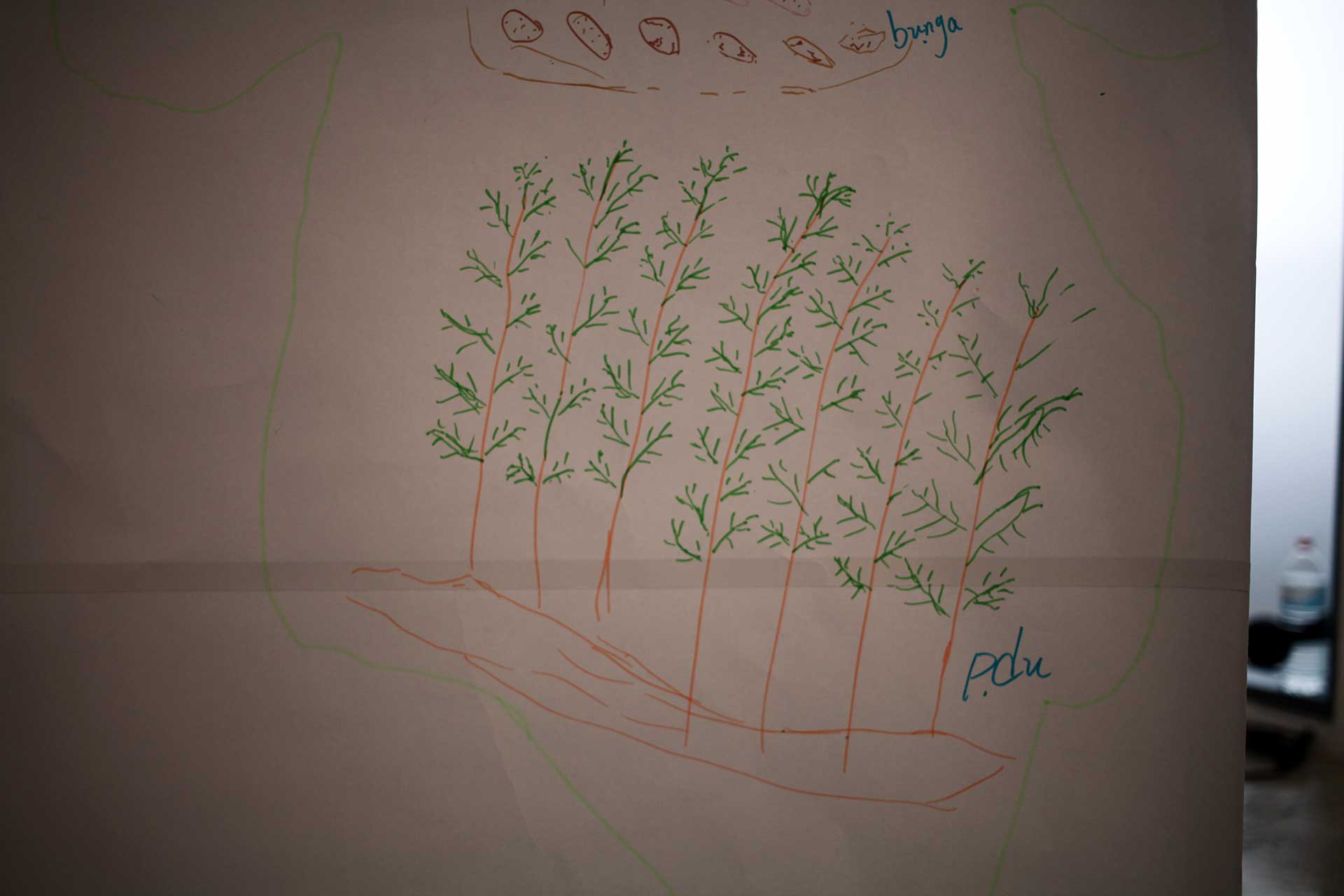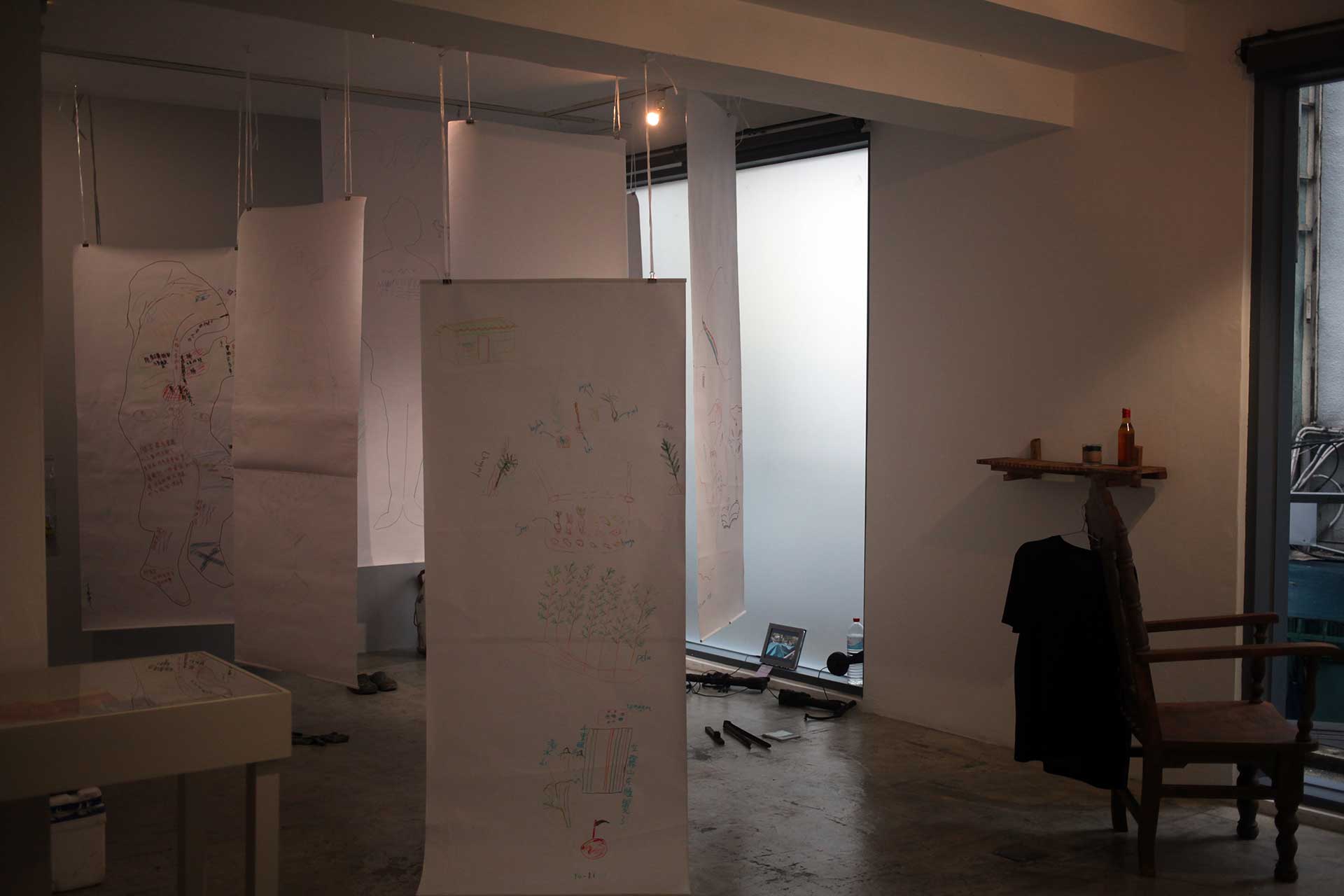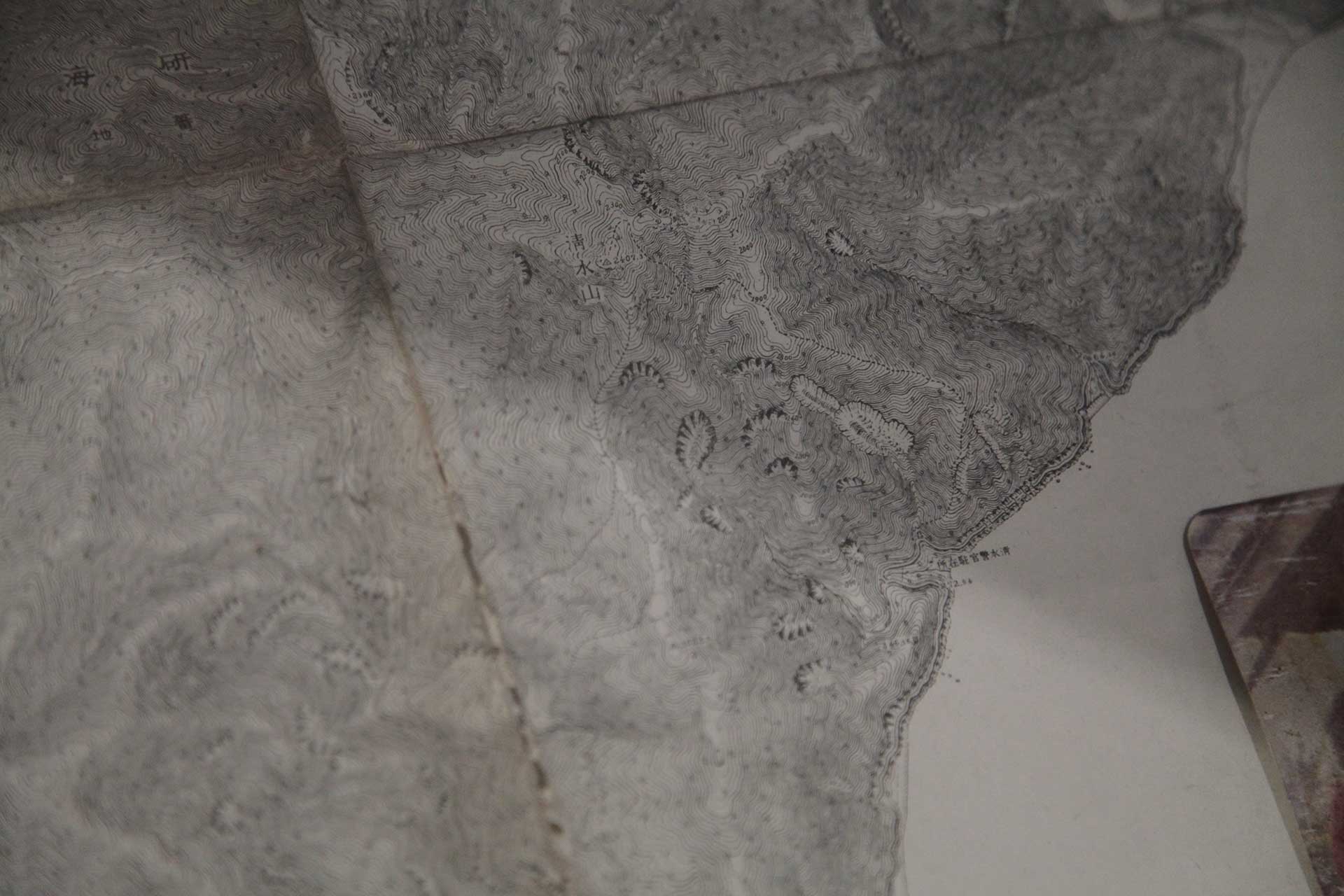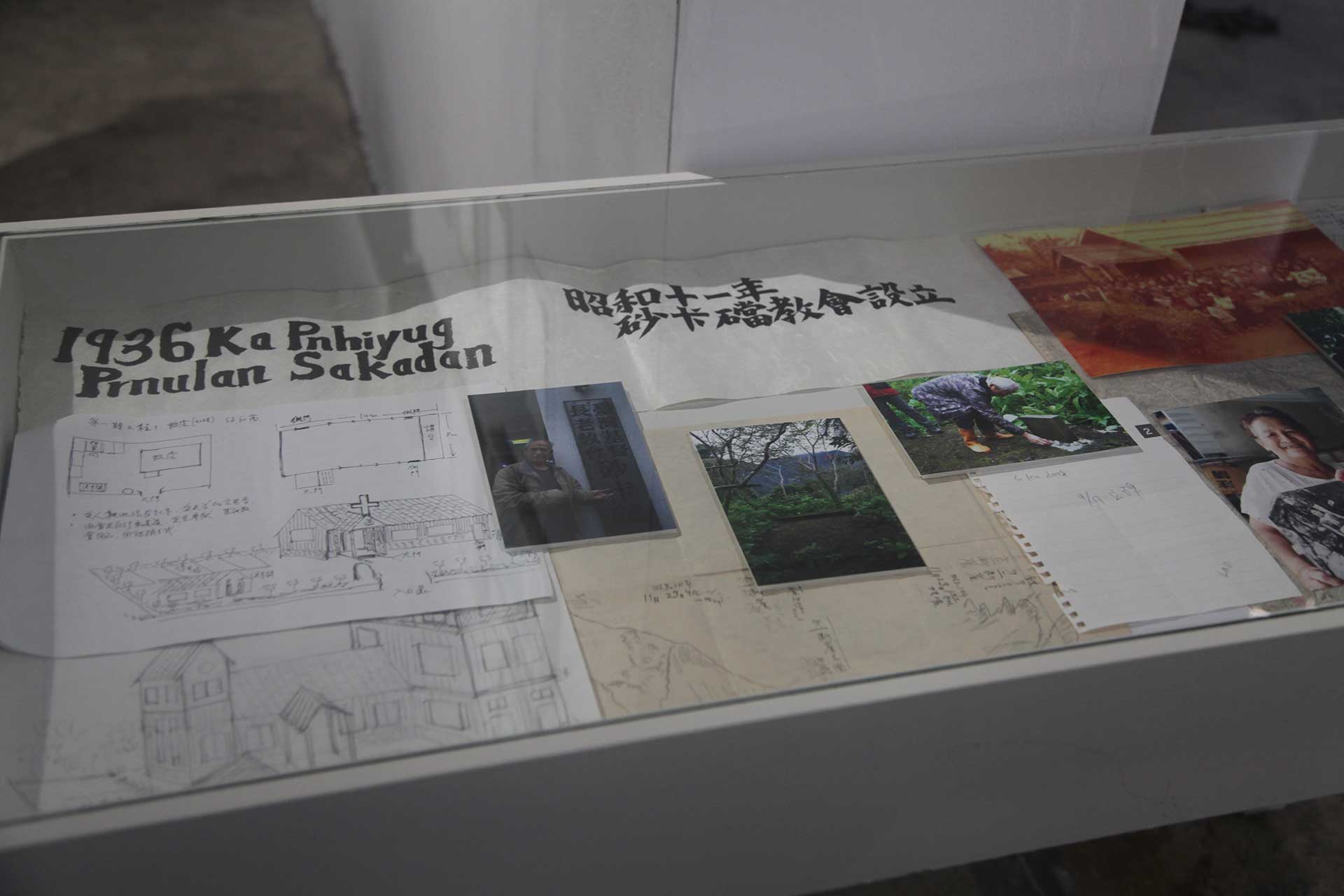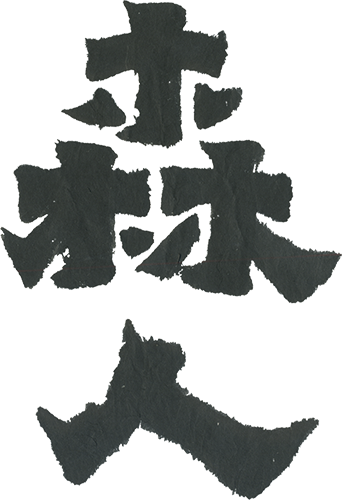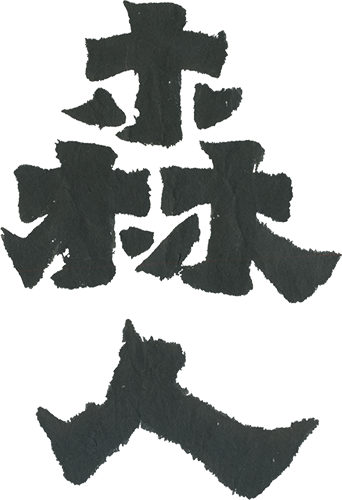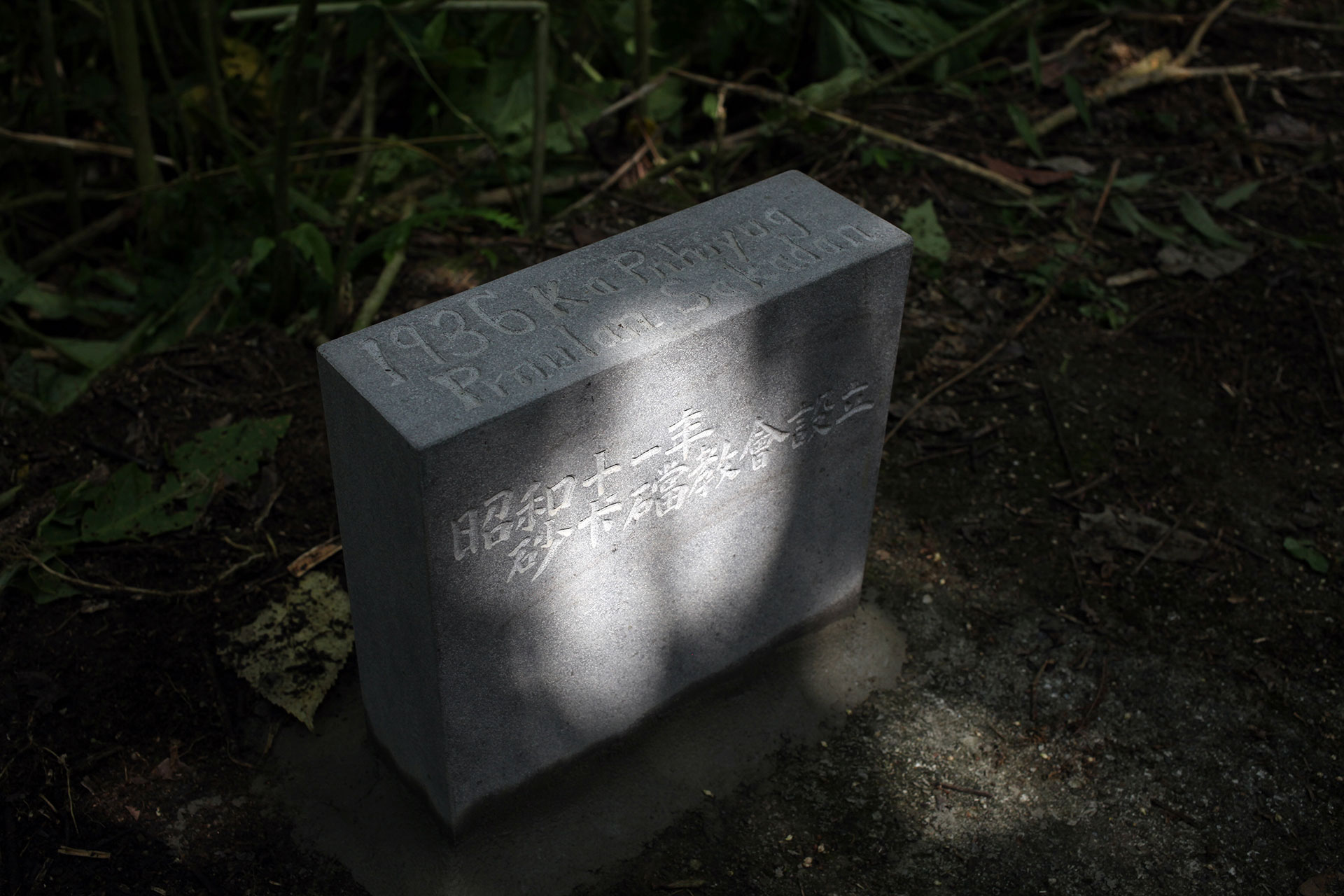Taroko Arts Residency Project IV Part2: 1936 Ka Pnhiyug Prnulan Skadang
「hngkawas 1936 ka Pnhiyug Pnrhulan Skadang」, ssli hngkawas 2021 sluhay eeda qpahun.
hngkawas 2020《seejiq rnaaw-pslian Truku mnmataru》alang psliyan kykuyuh mngari hiyi mesupu rmisuh 〈qmpringan sapah:pgkla〉kika pusu kari na. wada pteura gnhiyan spat klgan slhayan. niqan kingal ka empsluhay 秦政德 musa qmita pusu nniqan pspuan seuxal wada psngayun ka qphun nii da, muda pspuan kana rdruda alang prngagan siida du niqan ka bgurah uuda duri…
snluan 阿德〈mha qmita alang rudan ga Smuk hiya〉mseupu smalu kingal btunux sluan dha ni rbagan du plealay smalu sapah Yuri Pasang. musa qmita alang Smuk hiya du, ini sruwa kana ka alang hiya, kiya du powda kana kari rudan, asi psngayi ka qpahun nii da. bukuy na du kana kykuyuh alang hiya du, jita phiyug btunux sapah prhulan ni nniqan seuxal, kika rnirih qnpah dha nii da, dhiyaqan na o mntrul spngan tuki. prngagan rudan kuyuh Yaya Huwat matas 「hngkawas 1936 Ka Pnhiyug Pnrhulan Skadang」,kika saw nii ka wada qhduun da.
hngkawas 2021 pusu kari na o kika euda「hngkawas 1936Ka Pnhiyug Pnrhulan Skadang」,paah 〈qmpringan sapah:pgkla〉rmusuh galiq bitaq phiyug btunux pnrhulan llbu karim, plutut alang tnpusu rudan ni aji slaan ni klgan kkla lmnglung, mqaras nami peiyah patas klgan smiyuk pusu kari nii (tduwa su ini siyuk uri). kmaguh nami mlawa mseupu qmpah euda nii. mseupu alang psliyan kykuyuh mngari hiyi mesupu rmisuh 〈qmpringan sapah:pgkla〉,mseupu lmnglung huya ksun ka qpahun nii. kneegan ka seejiq o tduwa mniq alang kingal idas, jiyax na o tduwa su gmaaw hngkawas 2021 rbagan hug? krpuhan hug? kmeaguh nami kana klgan knkla slhayan pntasan, qmpah alang,ququ teuman euda nii. spngan o mlawa tru klgan slhayan alang mnkuung.
bitaq hngkawas 2020 idas 11 jiyax 30 24:00 ka mangal patas, powda alang kykuyug prngagan ka geegun dha. txtaxa hiyi o mangal djiyun dha uuqun o tru kbuhug, slhlayun na o mnrimal kbkuy, tqian su o aji embgay pila ni tduwa su pkla Skangka ni Taihuk.
Nasi niqan msriqu suu o rngaw ni sling treetreetreeperson@gmail.com
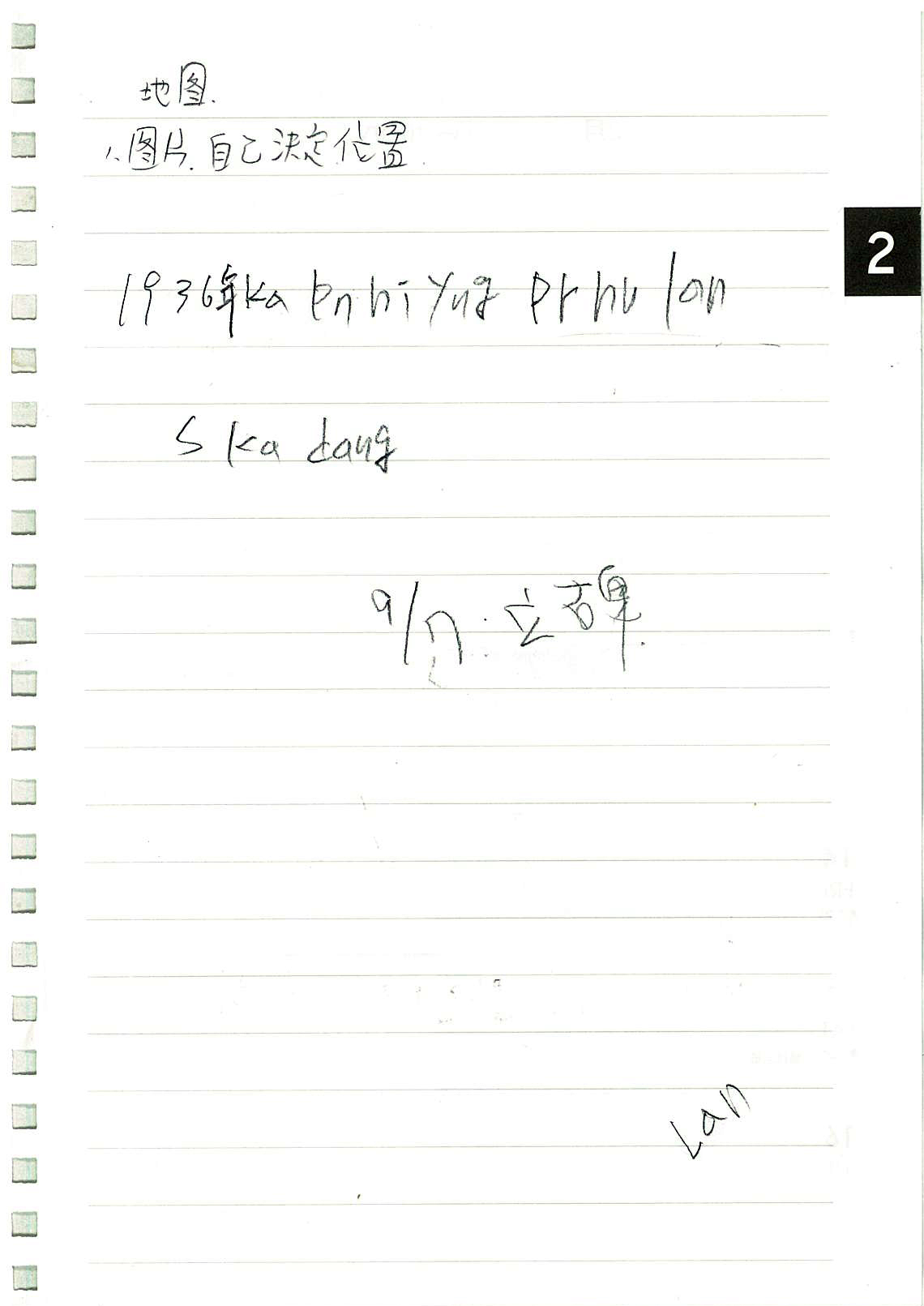
In 2020, Tree Tree Tree Person—Taroko Arts Residency Project IV presented four resident researches inspired by Family Tree: Preface, a collective painting created by nine indigenous village women. One of the projects, started by researcher-in-residence Cheng-Te CHIN a.k.a A-de, was a monument installation project aiming to commemorate the Truku community’s three hundred years of migration and development in the Liwuxi River Basin. The project was eventually put on hold. Now, after several rounds of discussion between the tribe elders and the curatorial team, a new direction has emerged…
A-de’s Truku People’s Back to Home Project 1: Si Mu Ke is a joint project between different families of the Truku People to install a monument to commemorate their migratory pedigree. The original plan was to work with Aunt Yuri Pasang’s family in the summer of 2020, yet many oppositional voices arose after they finished scouting Si Mu Ke, the tribe’s traditional territory. Tribe members consulted the tribe’s elders, and decided to put the project on hold. Afterwards, the indigenous village women came up with an alternative proposal and asked the church that aided the tribe’s migration to Fu Shih Village’s Min Le community to install the monument instead. The monument would be erected in the mountains, near their ancestral village site thirty minutes away from Datong tribe. When discussing what the inscription should say, Yaya Huwat, a elder woman, wrote “1936, Ka Pnhiyug Prnulan Skadang” (Datong Church was est.
We now announce an open call on mountain residency research projects scheduled in 2021 under the theme “1936, Ka Pnhiyug Prnulan Skadang.” From the “Family Tree: Preface” painting to the church’s inscription on the migration monument, our imagination of our relationship between nature and art within traditional territories have expanded. We welcome applicants to respond to this theme through different angles (non-response included).
At the same time, we shall continue to invite the nine indigenous village women who participated in the collective painting of “Family Tree: Preface” to take up curatorial positions in this research residency program. They will be responsible for research proposal arbitration and will decide upon the program’s next direction. Selected candidates will be doing research in the mountains for one month. They can decide upon a timeframe of their choice between the summer to fall of 2021.
Applicants from backgrounds such as contemporary art, literature and history studies, and community work are welcome. It is expected that three research projects will be selected for residency at the Dark Tribe. The open call will end at 24:00 on November 30, 2020, and the results will be notified individually after the indigenous village women made their decision. Selected research projects will be provided with a living allowance of NT$30,000 per person, a research fee of NT$5,000, free accommodation and the opportunity to present their findings both in Hualien and Taipei.
*Taroko translation was assisted by Ms. Nac Hijiyu and Ms. Yaya Huwat.
About the Resident Researchers
Cheng-Te CHIN
BFA, Chinese Culture University and the founding member of the studio “Grass Arts Academy.” He continuously focuses on producing postcards, printed with traditional images found within Taiwan’s historical documents. He developed his artistic methodology through geographical fieldwork techniques. Through the action of erecting stones in the field, his artistic project reveals important elements of historical events that Taiwanese people tend to ignore. Participated in exhibitions includes Refrigerated Abstract; group exhibitions Towards Mysterious Realities (Total Museum of Contemporary Art, Seoul, Korea, 2018), Busan Biennale 2018, Taipei Biennale 2020, etc.
Arion DAUBY/ Lysianassa DAUBY/ Wan-Shuen TSAI/ Yannick DAUBY
Arion DAUBY, 8 years old. Interested into animals, handicraft, and in general playful and beautiful objects. His mother languages are Taiwanese, French and Mandarin. Professional child.
Lysianassa DAUBY, 11 years old. Interested into handicraft, miniatures and rationally organized things. Her mother languages are Taiwanese, French and Mandarin. Professional child.
Wan-Shuen TSAI Her artwork is shared between mixed-media installation, drawing, video and poetry. In parallel of her personal projects, she collaborates since 2004 with sound artist Yannick DAUBY.
Yannick DAUBY Sound artist. Works for cinema and other art forms, providing sound design and audio post-production. Focuses on field recording since 1998 and composes audio documentaries, experimental music, develops projects about environment in Taiwan.
Yinru LO
As a freelance theater producer, Yinru LO occasionally plays other roles in theatrical performance. She sets great store by the process of corporeal practice whether in her personal life or in workplace. She has been paying attention to community-based art and atypical theatrical performance. She was the co-producer of Remote Taipei (with Rimini Protokoll, Germany) and Fun Run Taipei (with All the Queens Men, Australia) for the Taipei Arts Festival. She also worked as the executive director of 100% Kaohsiung (by Rimini Protokoll, Germany) at the National Kaohsiung Center for the Arts (Weiwuying), the producer of Sentimental Journey and Book of Lost Words by the Against Again Troupe, as well as the production coordinator of The First Dream at the 2019 Asian Art Biennial.
Szu-ni WEN
Szu-ni WEN is a theater director and a transdisciplinary artist. Since her homecoming to Kaohsiung from Berlin in 2015, she has tried to rediscover Taiwan by old house renovation, knitting, mountain climbing, and acquainting herself with local culture and history. Being concerned with the relationship between urban development and humanity, she tends to deliver performances that integrate local memories, imagination and identity with art forms of all stripes in non-theatrical spaces or communities. In recent years, she has conducted field surveys in a maker spirit and become captivated by the multiple dimensions embodied/hidden in humanity. She ergo immerses herself in learning from the network of interactions among various players. She was the assistant to director of Remote Taipei, the executive director of 100% Kaohsiung (by Rimini Protokoll, Germany), and the co-creator of Six Dreams by the Sea. She was a member of the curatorial team for Performing (with/in) Communities in the ADAM Project 2019 and now works as the editor-in-chief of How Do You Turn This On, a magazine featuring the life of new immigrants and migrant workers from Southeast Asia in Kaohsiung and Pingtung.
Candy Bird
Carny Bird began his career as an artist by graffiti with works featuring sociality and marginality, seeking to interpret the values overlooked by the mainstream media. From 2018 onwards, he shifted his focus onto portraying different dimensions and conditions of life and engaging in a profound dialogue with his innermost self. Following the concept of imbrication in graffiti, he employs pluralistic techniques and new narrative approaches such as collaborating with amateur literature or contemporary dance. Up to now, his oeuvre spans the fields of painting, writing, performance, and public art.
Curatorial Team|Bnu Panasg、Chumay Haloshi、Icyang Pasang、Iyeiku Rikaw、Loqip Mulang、Nac Hijiyu、Simat Qurang、Yaya Huwat、Yuri Pasang
